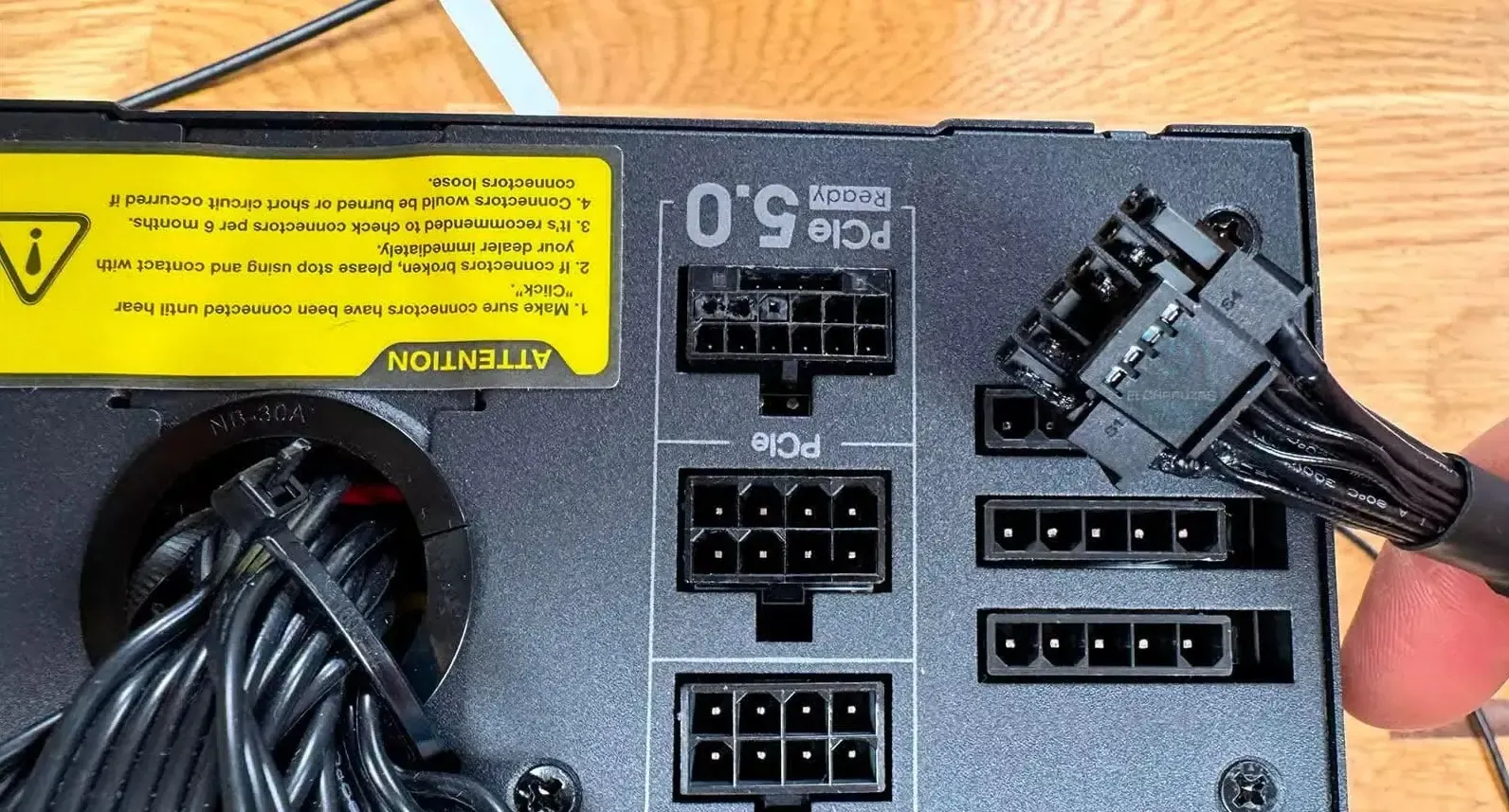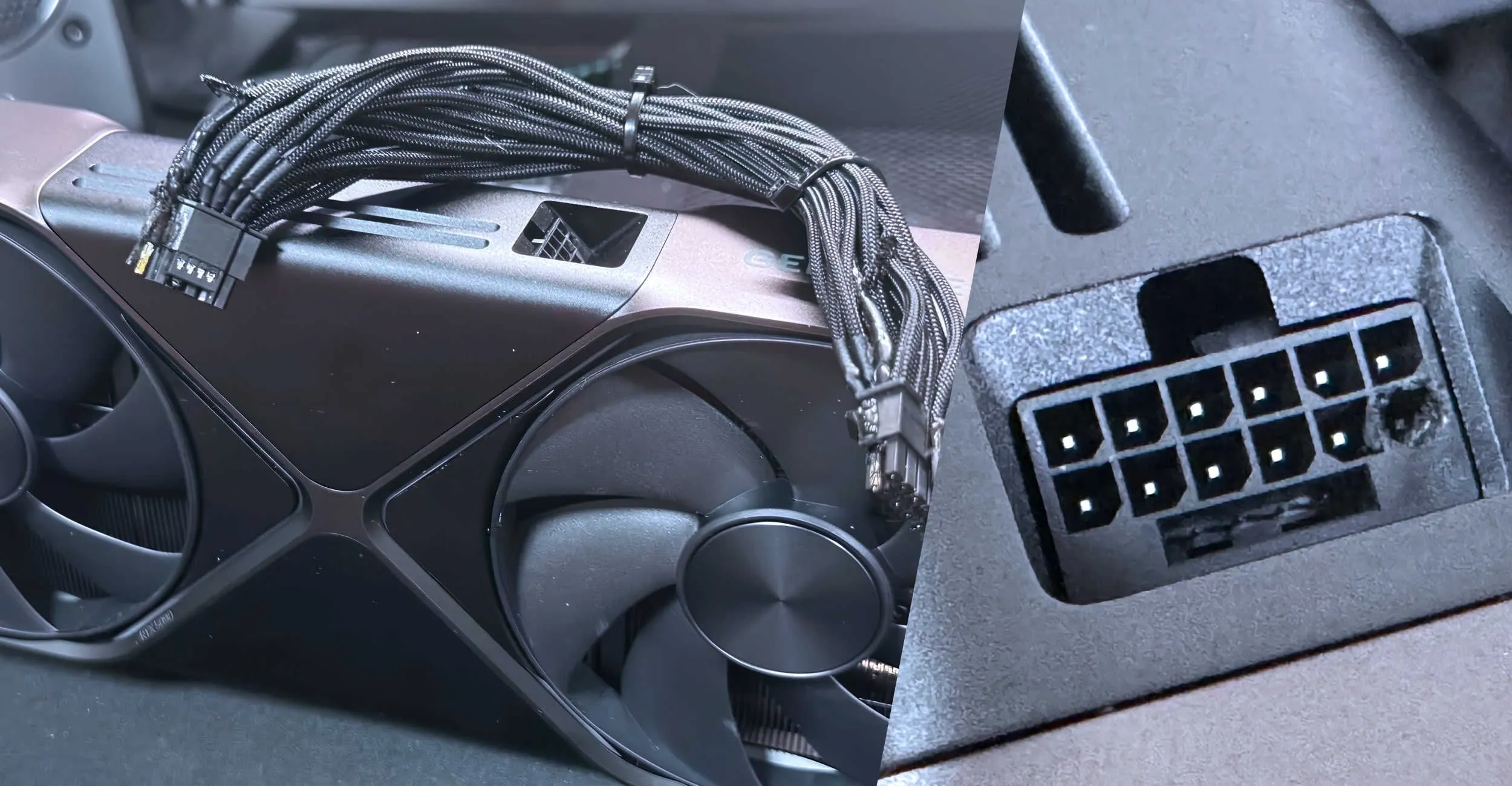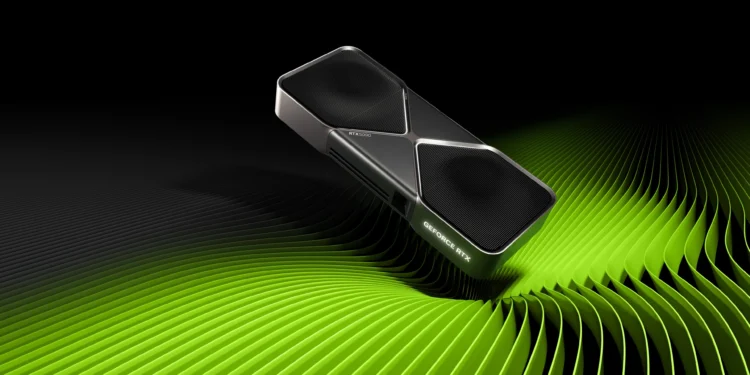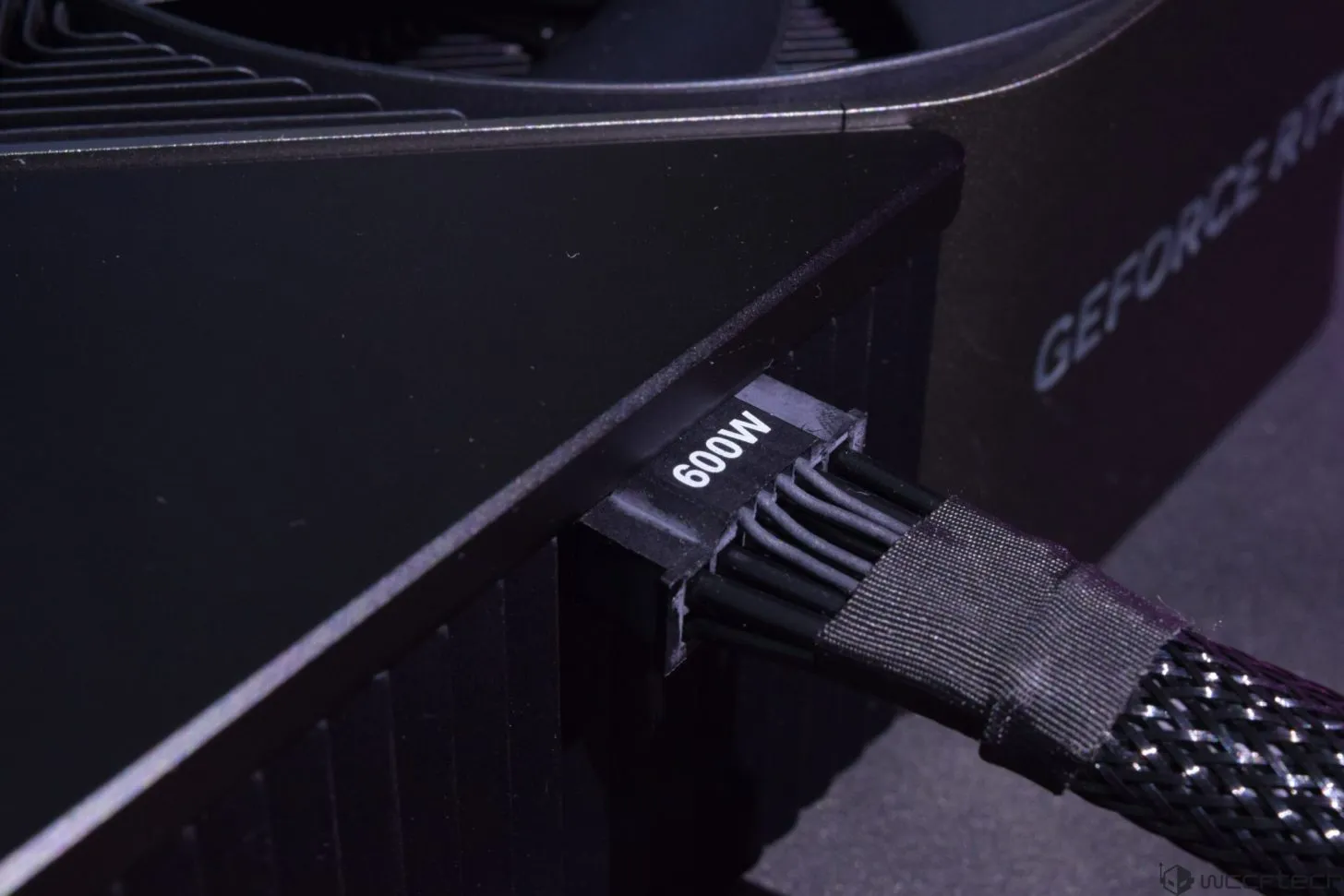The technology community is buzzing with concerns as several users report troubling issues with Nvidia’s latest graphics card, the GeForce RTX 5090. Similar to incidents from its predecessor’s early days, the RTX 4090, some early adopters have encountered melting power cables, raising questions about the safety and reliability of these high-end gaming components.

A Flashback to Previous Power Problems
These reports echo the RTX 4090’s initial launch phase, where users faced melted and even flaming connectors. Nvidia and other tech analysts concluded that those issues primarily stemmed from user installation errors. The 12VHPWR connectors, which were not fully inserted or were bent, led to overheating and subsequent damage.
The Evolution of Power Connectors
In response to past troubles, updates were made to the design of these power connectors. The PCI-SIG, the consortium responsible for setting standards for peripheral components, endorsed the 12VHPWR connector’s design, attributing issues to manufacturing variations rather than flaws in the connector itself. An updated version, known as the 12V-2×6, was introduced to improve connection stability and ensure power delivery only when connectors are properly seated.

Nvidia Stands Alone in Connector Use
Despite these enhancements, Nvidia remains unique in its commitment to the 12VHPWR and 12V-2×6 standards for powering its GPUs. Other major players like AMD and Intel continue to rely on the traditional 8-pin power connectors. This divergence highlights differing industry approaches to power delivery solutions in high-performance gaming systems.
Third-Party Components Under Scrutiny
The latest incidents involving the RTX 5090 have specifically implicated third-party cables from companies like MODDIY and FSP. This detail suggests that the compatibility and quality of aftermarket components could be contributing factors. However, with limited data, it’s challenging to pinpoint the exact cause of these failures.
Nvidia has been contacted for comments on these developments and any measures they might be taking to address potential safety issues. As the situation unfolds, updates will be provided to keep potential users and the tech community informed.
As Nvidia navigates these turbulent waters, the focus will likely remain on ensuring that all components meet rigorous standards to handle the considerable power requirements of top-tier GPUs. Users are reminded to follow installation guidelines meticulously and consider using first-party accessories to avoid potential hazards. The company’s response and any subsequent design or manufacturing adjustments will be crucial in maintaining consumer trust and safety in their high-end gaming setups.










